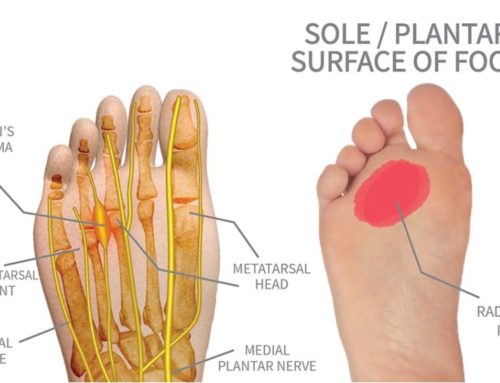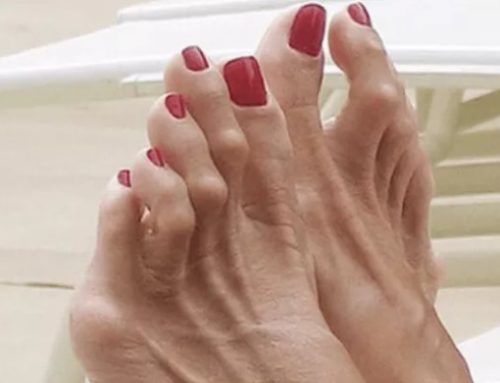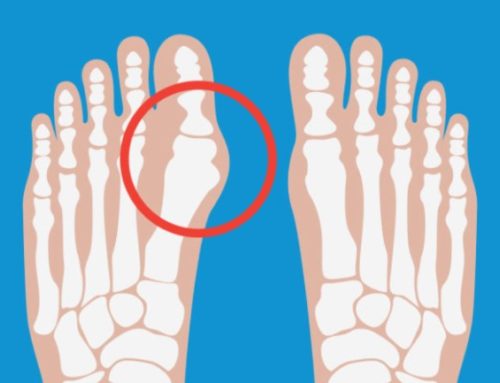
Flat Feet
By Dr. Ken Lefkowitz
If you look at an adult’s foot from the inside, you will see a curve right in the middle, known as the arch of the foot. This arch is formed by tendons. When the tendons do not pull the proper amount, there will be less or no arch. This is known as a fallen arch or a flat foot. Many children have flat feet, but oftentimes as they grow older an arch will develop. Flat feet in adults can arise from a variety of problems such as stretched or torn tendons, broken or dislocated bones, nerve problems, or certain health conditions such as rheumatoid arthritis. If none of these are the case, it can simply be a result of a birth abnormality. Other risk factors include obesity, diabetes, aging, and pregnancy.
Sometimes flat feet require no treatment because there aren’t any symptoms, but some people may experience back and leg pain, swollen bottoms of the feet, difficulty of movement in the feet, achy arches, and easily fatigued feet. In these cases, it is time to visit your podiatrist. Once you are diagnosed with flat feet, you will undergo treatment which depends on the severity of your fallen arches. Your podiatrist may suggest rest and ice to relieve pain and reduce swelling, stretching exercises, anti-inflammatory medication, physical therapy, custom orthotics, or injected corticosteroids. Severe pain or damage may require more serious methods of treatment such as cutting or changing the shape of the bone (osteotomy) or adding tendon from other parts of the body to help balance the pulling of the tendons forming the arch.
Even if you don’t believe that your fallen arches are a serious problem, they may become an issue in the future. Call Quality Foot Care at 215-230-9707 to visit with Doylestown’s community podiatrist. You can receive comprehensive information regarding flat feet and any other foot or ankle concern that may arise this summer.




Leave A Comment